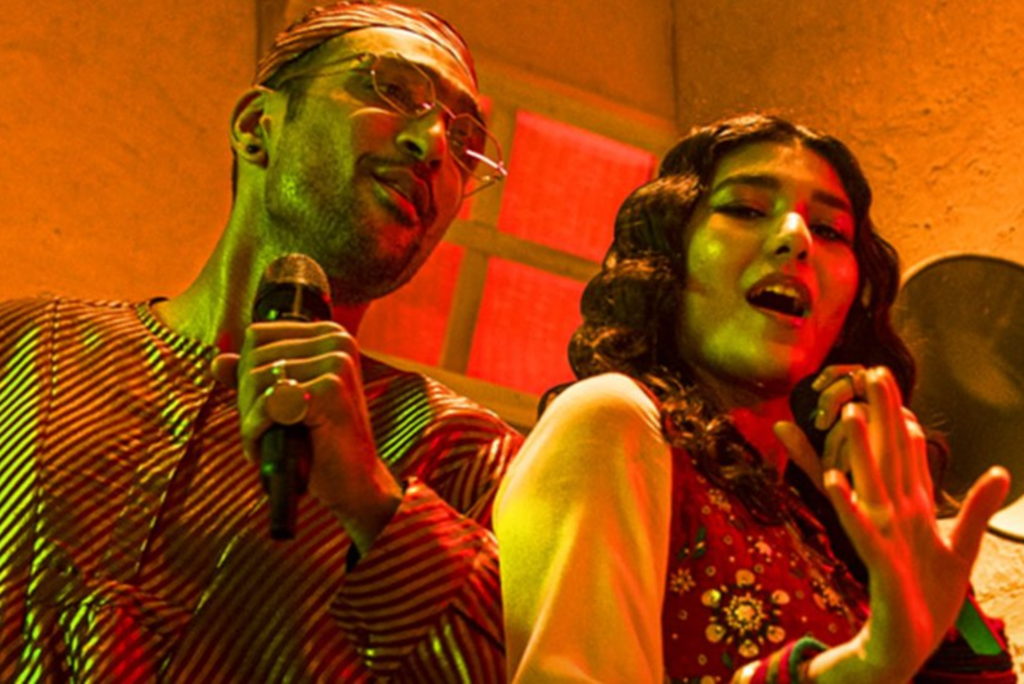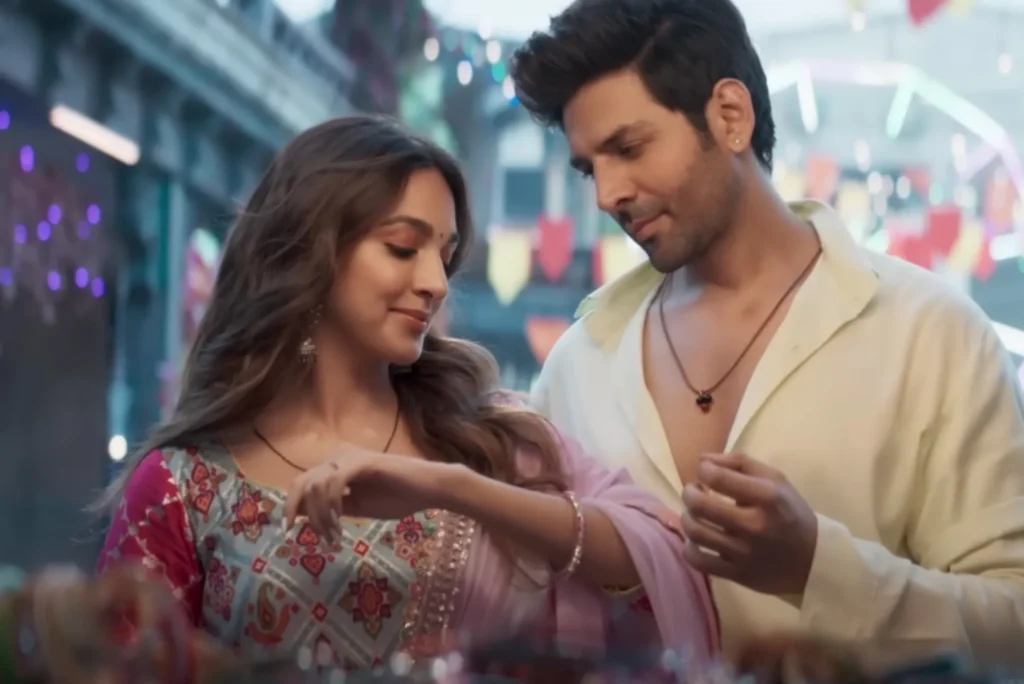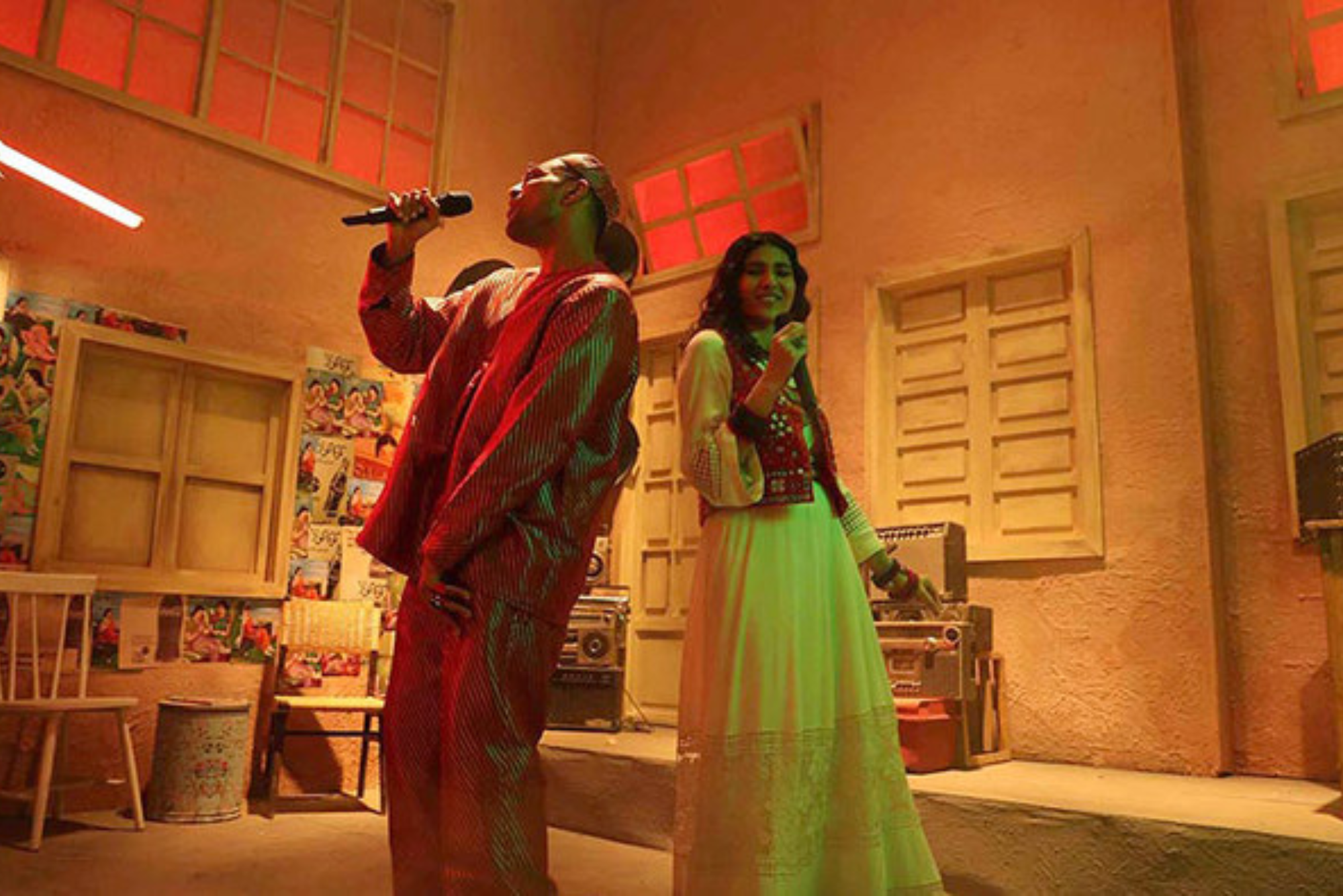Pashto music, with its rich history and vibrant melodies, has long been celebrated as an integral part of Pakistani culture. However, recent debates have sparked controversy over its true nationality. In this article, we delve into the origins of Pashto music, Is Pasoori a Pakistani Song examine the case of Pasoori, and explore the role of melody songs like Naa Songs Varasudu, aiming to shed light on the cultural identity of this beloved musical tradition.
Exploring Pashto Music
Pashto music traces its roots deep into history, reflecting the cultural heritage of the Pashtun people inhabiting regions spanning Afghanistan and Pakistan. Characterized by its distinct rhythms, instruments, and poetic lyrics, Pashto music has left an indelible mark on the Pakistani music landscape, influencing genres across the nation.
Pashto music is a tapestry woven with threads of history, culture, and artistic expression, deeply rooted in the traditions of the Pashtun people. To truly understand Pashto music, one must embark on a journey through its historical evolution, distinctive characteristics, and profound influence on the cultural landscape of Is Pasoori a Pakistani Song.
Historical Roots:
Pashto music finds its origins in the ancient traditions of the Pashtun tribes inhabiting the rugged terrain of Afghanistan and Pakistan’s Khyber Pakhtunkhwa province. Dating back centuries, Pashto music served as a means of storytelling, preserving tales of heroism, love, and valor passed down through generations. Its melodies echoed across the valleys and mountain ranges, reflecting the resilience and spirit of the Pashtun people.
Distinctive Characteristics:
At the heart of Pashto music lies a unique blend of sounds, instruments, and poetic lyrics that distinguish it from other musical traditions. The Pashto language, with its lyrical beauty and rich vocabulary, serves as the cornerstone of Pashto music, lending depth Is Pasoori a Pakistani Song emotion to every composition. Traditional Pashto instruments such as the rubab, tabla, and harmonium create a melodic backdrop, weaving intricate patterns that evoke a sense of nostalgia and longing.

Influence on Pakistani Music Landscape:
While Pashto music is deeply rooted in Pashtun culture, its influence extends far beyond the borders of its homeland. Over the years, Pashto music has permeated the broader Pakistani music scene, influencing genres ranging from folk to pop. Artists from diverse backgrounds have drawn inspiration from Pashto melodies, incorporating elements of its rhythmic patterns and lyrical themes into their compositions. This cross-pollination of musical styles has enriched the cultural tapestry of Pakistan, creating a vibrant mosaic of sounds and traditions.
As we delve deeper into the exploration of Pashto music, we begin to unravel the intricacies of its melodies, the poetry of its lyrics, and the profound impact it has had on the cultural landscape of Pakistan. Through its timeless tunes and timeless tales, Pashto music continues to resonate with audiences, serving as a testament to the enduring power of artistic expression and cultural heritage.
The Pashto Music Debate
Amidst its widespread popularity, the nationality of Pashto music has become a subject of debate. While it is undeniably rooted in Pashtun culture, its adaptation and integration into the broader Pakistani musical scene blur the lines of its origin and identity. This debate underscores the complex relationship between cultural heritage and national identity.
Analyzing Pasoori: A Case Study
Pasoori, a traditional Pashto melody, exemplifies the complexities surrounding the nationality of Pashto music. With its soulful tunes and poetic lyrics, Pasoori has captivated audiences across Pakistan. Yet, its origins remain contested, with some attributing it solely to Pashtun culture while others argue for its Pakistani identity.
Navigating Through the Claims
Amidst the claims and counterclaims, it is essential to acknowledge the role of Pashto music in shaping Pakistani culture. While its roots may lie in Pashtun traditions, its integration into the broader cultural fabric of Pakistan highlights the fluidity and adaptability of musical traditions.
The Role of Melody Songs
Melody songs, such as Naa Songs Varasudu, play a crucial role in bridging cultural divides and fostering an appreciation for diverse musical traditions. In the context of Pashto music, these melodious tunes serve as a testament to the universality of music, transcending boundaries and fostering cultural exchange.
Melody songs serve as the heart and soul of musical expression, transcending linguistic and cultural barriers to evoke emotions and stir the imagination of listeners. In the context of Pashto music, these melodious compositions play a multifaceted role in shaping the cultural landscape and fostering a sense of unity and belonging.
Definition and Significance:
Melody songs, characterized by their captivating tunes and poetic lyrics, hold a special place in the realm of music. Unlike other genres that may prioritize complex instrumentation or vocal acrobatics, melody songs focus on the purity of melody and the emotive power of storytelling. They serve as vessels for conveying universal themes of love, longing, joy, and sorrow, resonating with audiences on a deeply personal level.
Presence in Pashto Music:
Within the rich tapestry of Pashto music, melody songs occupy a prominent position, revered for their ability to capture the essence of Pashtun culture and tradition. Rooted in the lyrical beauty of the Pashto language, these songs weave tales of romance, valor, and resilience, reflecting the experiences and aspirations of the Pashtun people. Accompanied by traditional instruments such as the rubab, tabla, and harmonium, melody songs create an immersive musical experience that transports listeners to distant lands and bygone eras.
Impact on Cultural Identity:
Melody songs play a pivotal role in shaping cultural identity, serving as a source of pride and connection for communities across Pakistan. In the case of Pashto music, melody songs serve as a cultural touchstone, preserving the linguistic and musical heritage of the Pashtun people. They reinforce a sense of belonging and solidarity, fostering a deeper appreciation for Pashto culture among both Pashtun and non-Pashtun audiences alike.

Case of Naa Songs Varasudu
Naa Songs Varasudu, a beloved melody song, exemplifies the cross-cultural exchange inherent in music. While its origins may not be inherently Pashto, its popularity among Pashto music enthusiasts underscores the interconnectedness of musical traditions and the importance of embracing diversity.
In, whether Pashto music is truly Pakistani is nuanced, reflecting the intricate interplay between cultural heritage and national identity. Through the exploration of Pasoori, Naa Songs Varasudu, and other elements of Pashto music, we gain a deeper understanding of the cultural tapestry that defines Pakistani music. Moving forward, it is essential to celebrate the diversity of musical traditions and embrace the richness of cultural exchange.




